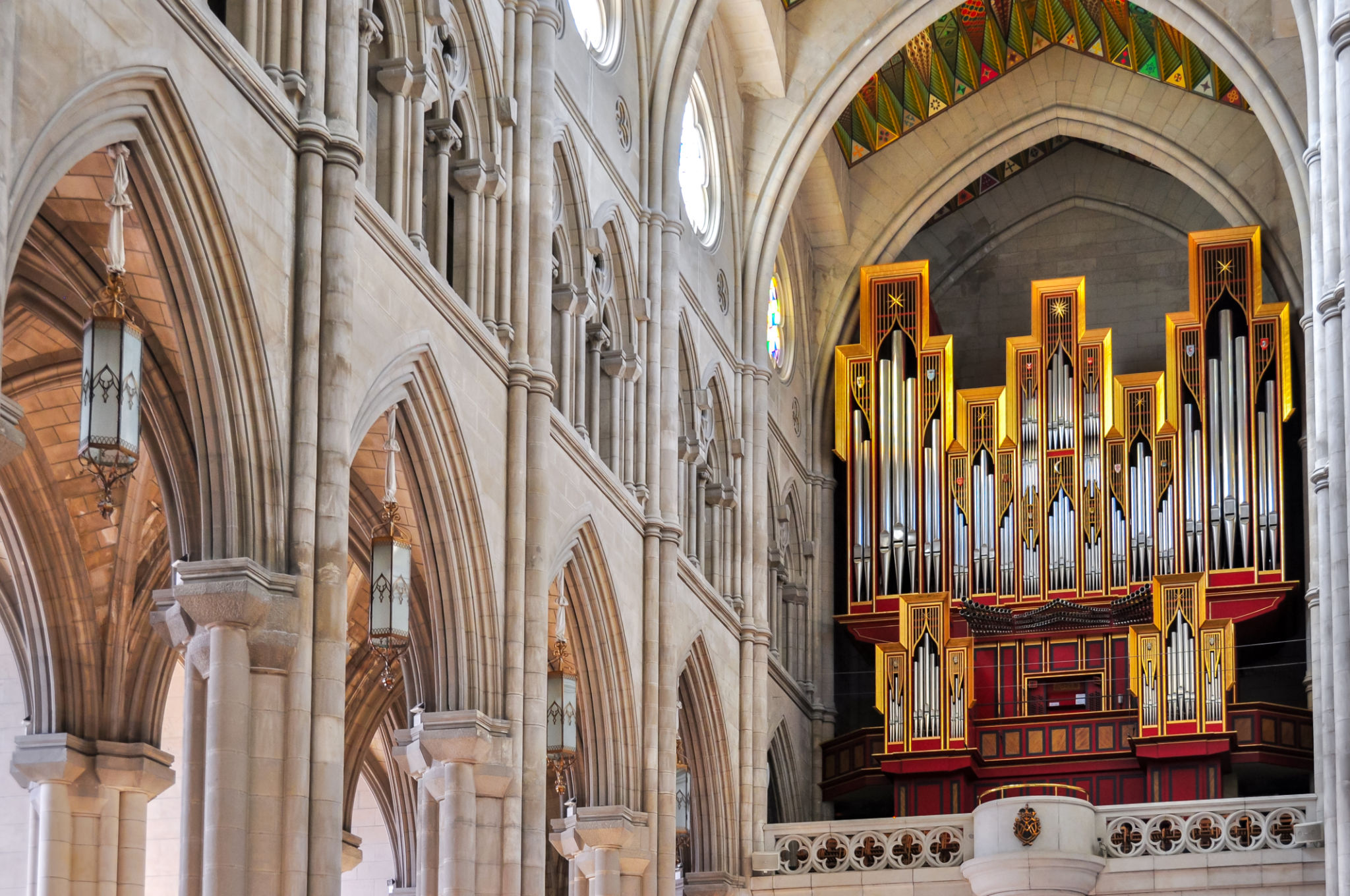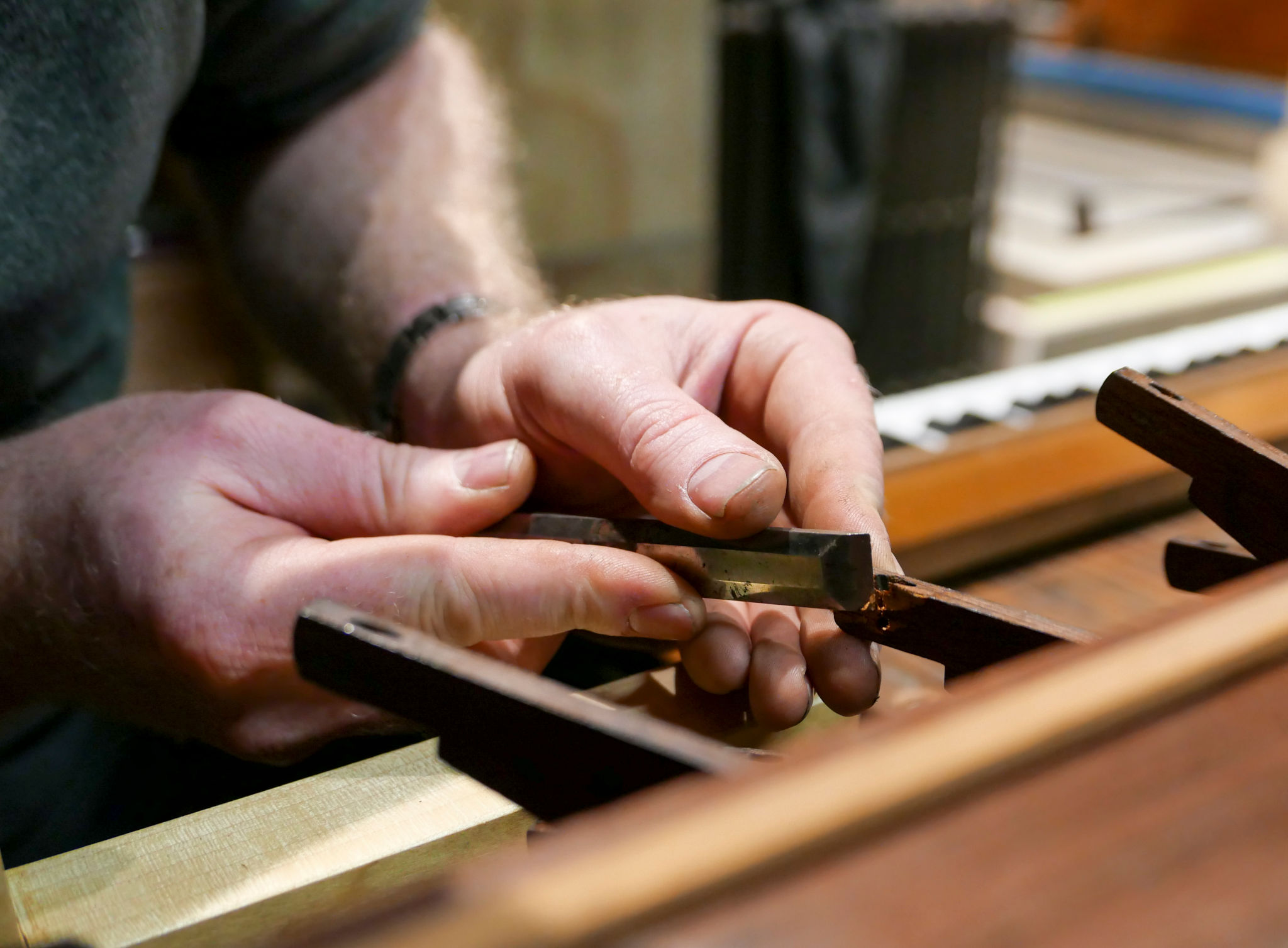The Evolution of Pipe Organs: A Portuguese Perspective
The Origins of Pipe Organs in Portugal
The pipe organ is one of the most majestic and complex musical instruments, with a history that spans several centuries. In Portugal, the introduction and evolution of pipe organs are deeply intertwined with the country's rich cultural and religious heritage. The earliest pipe organs in Portugal date back to the 12th century, coinciding with the establishment of the first Christian monasteries. These instruments were primarily used in cathedrals and churches, enhancing the liturgical experience with their powerful and resonant sound.
Initially, Portuguese pipe organs were heavily influenced by designs from other European countries, particularly Spain and Italy. As the Renaissance period unfolded, these instruments began to evolve uniquely within Portugal, incorporating distinct architectural styles and sound innovations. The Portuguese organ builders developed a reputation for their craftsmanship, creating elaborate cases that often matched the opulence of the churches they adorned.

The Golden Age of Portuguese Pipe Organs
The 17th and 18th centuries are often regarded as the golden age of Portuguese pipe organs. During this period, the instruments reached new heights in terms of complexity and artistic expression. The Baroque era witnessed significant advancements in organ building, with Portuguese artisans integrating multiple manuals, stops, and intricate ornamentation into their designs. This era also saw the rise of regional styles, with notable differences between the organs found in Lisbon, Porto, and Braga.
One of the most prominent figures of this time was Manuel de la Cerda, who is credited with constructing some of the most celebrated organs in Portugal. His works are characterized by their rich tonal palette and innovative engineering. These organs became cultural landmarks themselves, attracting musicians from across Europe who sought to compose and perform on these magnificent instruments.

Preservation and Restoration Efforts
As time progressed into the 19th and 20th centuries, many historic pipe organs in Portugal faced challenges such as neglect, damage from wars, and changing musical tastes. Fortunately, recent decades have seen a renewed interest in preserving these valuable cultural artifacts. Restoration projects have been undertaken to ensure that these historic instruments continue to function and be appreciated by future generations.
These projects often involve meticulous research and collaboration between historians, musicians, and skilled craftsmen. The goal is to retain the original character and sound of the organs while incorporating modern technologies to enhance their durability and accessibility. Initiatives like these have successfully restored many iconic organs across Portugal, reigniting public interest in their historical significance.

The Modern Role of Pipe Organs in Portugal
Today, pipe organs continue to play an important role in Portuguese cultural life. They are frequently featured in concerts, festivals, and religious ceremonies, providing audiences with a unique auditory experience that blends history with artistry. The versatility of the pipe organ allows it to adapt to various musical styles, from classical compositions to contemporary works.
Moreover, educational programs aimed at cultivating new generations of musicians and enthusiasts have emerged across the country. These initiatives provide opportunities for young people to learn about the intricacies of organ playing and maintenance, ensuring that this rich tradition endures well into the future.

The Future of Pipe Organs in Portugal
Looking ahead, the future of pipe organs in Portugal appears promising. With continued efforts in preservation, education, and innovation, these majestic instruments are set to remain a vital part of the nation's cultural landscape. The ongoing collaboration between international experts and local communities fosters a dynamic environment where tradition meets modernity.
As new technologies emerge, there is potential for further evolution in organ design and performance. Digital advancements could offer new ways to experience these historic instruments while maintaining their classical essence. Ultimately, the enduring allure of the pipe organ lies in its ability to connect us to our past while inspiring future generations.
